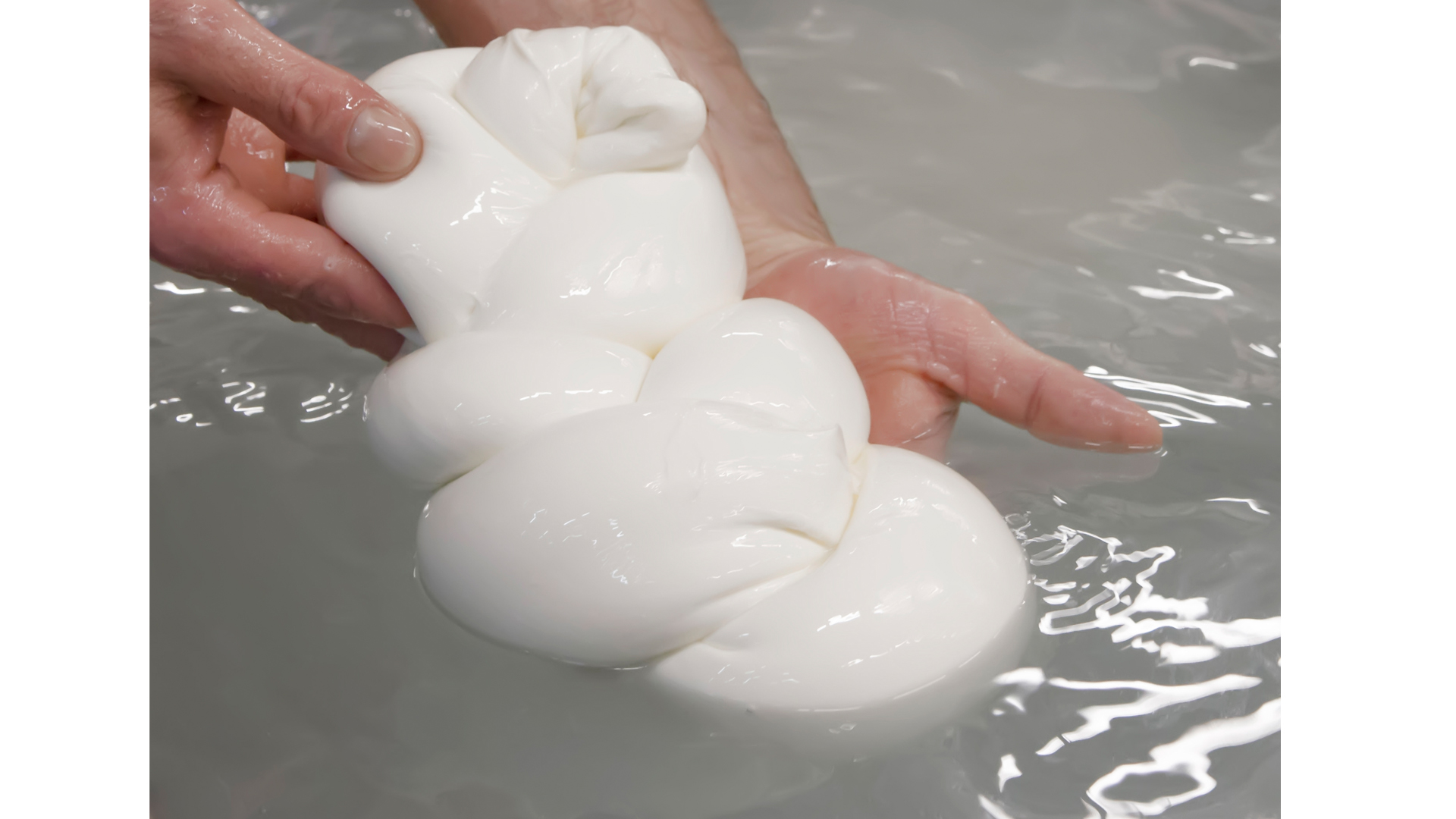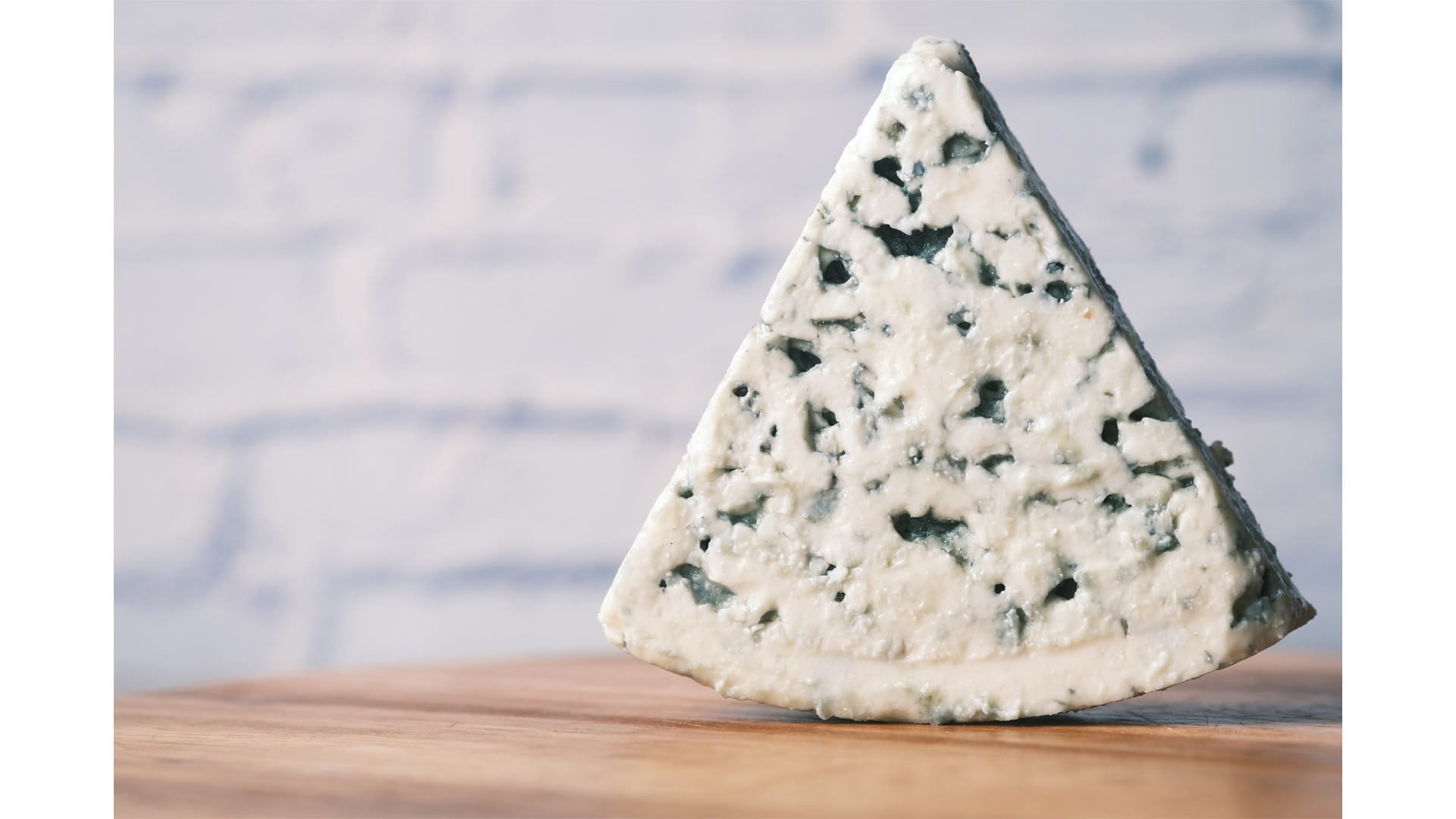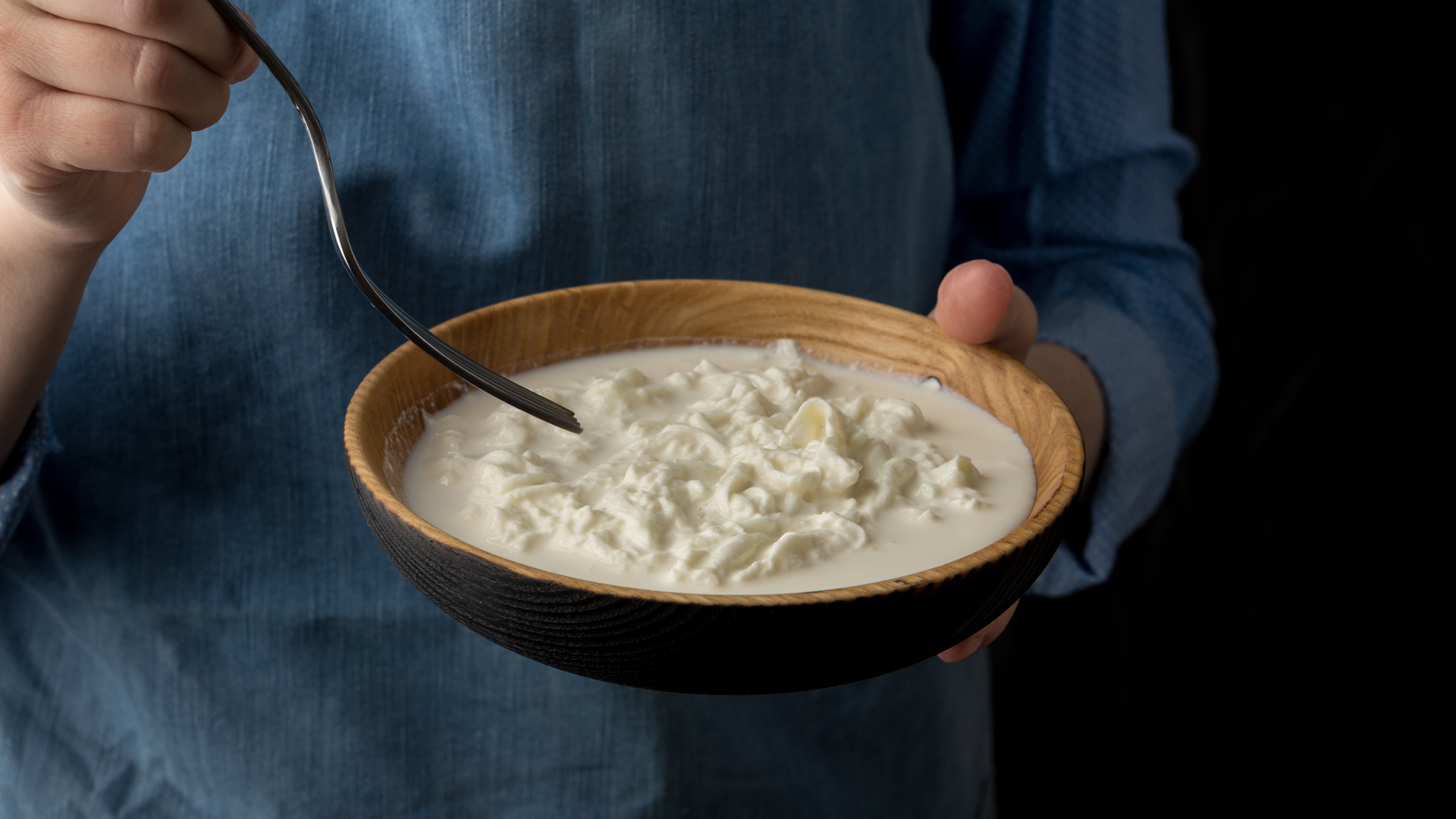There are over 400 types of Italian cheese, with each region of the country specializing in its own varieties and production methods. Not only that but many different kinds of milk are used to craft Italian cheeses, from buffalo to cow to goat milk.
While you might already be familiar with mozzarella and Parmesan cheese (don’t worry, we’re listing these favorites, too), here are some other classic Italian cheeses to get to know.
Burrata

(Photo Credit: Klara Kulikova via Unsplash)
Burrata comes from the south of Italy in Puglia and Napoli. This rich, delicious cheese is soft and gooey – it’s ideal served with salad or dolloped on pizza. It works wonderfully over risotto or heaped on top of a roasted leek – the possibilities are almost endless.
Buffalo mozzarella

Braid of mozzarella in production in the dairy. (Photo Credit: Getty Images)
Buffalo mozzarella is one of Italy’s most popular and well-known cheeses, and there’s a good reason why. This soft, versatile cheese is delightful with many dishes, including salads and as part of the famous Neapolitan pizza.
A good buffalo mozzarella should taste fresh, zesty, sweet, and vibrant. It should look a milky white and be suspended in an almost-clear whey.
Mascarpone

Traditional Mascarpone cheese in wooden bowl on table or background (Photo Credit: Getty Images)
If you need to use Mascarpone cheese – say in a desert, like a tiramisu, always look for Italian mascarpone. This thick-set cream cheese is often better from Italy because other varieties don’t have the same fat percentage as the milk from Italy.
Ricotta

(Photo Credit: Getty Images)
Curd-style ricotta cheese features a crumbly texture with a rich, creamy flavor.
Italian ricotta cheese is made when the milk protein left over from cheese-making (known as whey) is heated. The liquid strained from the curds creates ricotta – which translates as ‘re-cooked’.
In Italy, ricotta can be created from cow, goat, sheep, or buffalo milk. But ricotta crafted from cow’s milk is the most popular and easily found around the globe.
Gorgonzola

(Photo Credit: Towfiqu barbhuiya via Unsplash)
Originating from Lombardy, Gorgonzola cheese is created in two styles. One is softer and sweet, and the other is more intense and has aged for over a year.
For centuries, cattle herds traveled to and from seasonal pastures, resting in the small town of Gorgonzola, where the cheese originated.
At first, the cheese blued naturally from the penicillium found in damp caves. But today, the wheels of the cheese are pierced and injected with a dose of the mold.
Young gorgonzola is creamy in texture. As it ages, it becomes crumbly and harder.
Enjoy Italian gorgonzola with a vibrant Italian red like Amarone or Barolo or with a dessert wine such as Moscato d’Asti. Combine this much-loved cheese with pasta, salad, or a fine dessert with figs or pears.
Parmigiano-Reggiano

Traditional italian food - 36 months aged in caves Italian parmesan hard cheese from Parmigiano-Reggiano, Italy (Photo Credit: Getty Images)
Otherwise known as Parmesan, Parmigiano-Reggiano comes from the Italian region of Emilia-Romagna.
This cheese has a strong taste and is very important in Italian cuisine. Interestingly, Parmesan can only be created between April and November by law so that the cows producing it graze on fresh, green pastures instead of dry hay, which would otherwise affect the quality of the cheese.
The milk used for Parmesan, and therefore the cheese, offers various flavors, including spicy, salty, briny, and walnut tastes. Serve Parmesan in pretty much everything and anything Italian – from pasta, eggs, vegetables, meat dishes, soups, and salads.
Team it with an Italian red such as Barbaresco, Barbera, Barolo, Brunello, or Chianti to really impress your guests.
Stracciatella

Woman in blue apron holding bowl with stracciatella mozzarella cheese on dark background. (Photo Credit: Getty Images)
Stracciatella is one of the lesser-known Italian cheeses on this list, but it’s well worth trying. It’s a creamy fresh cheese with a texture somewhere between curd and liquid. You might recognize Stracciatella as the soft center of burrata cheese.
This cheese is produced by shredding fresh mozzarella into strings and mixing it with cream. In Puglia in Southern Italy, Stracciatella is traditionally made with buffalo milk.
Enjoy Stracciatella as a spreadable cheese with bread or dollop it onto an Italian-baked pizza fresh out of the oven.
Ellie Swain
Ellie is a full-time freelance writer, focusing on topics like food, travel, lifestyle, and retail. Her work has been published in Forbes, The Guardian, The Evening Standard, The Daily Beast, Euronews, and more. In her spare time, she loves traveling, visiting new and interesting restaurants, watching live music, and taking beautiful photos.

